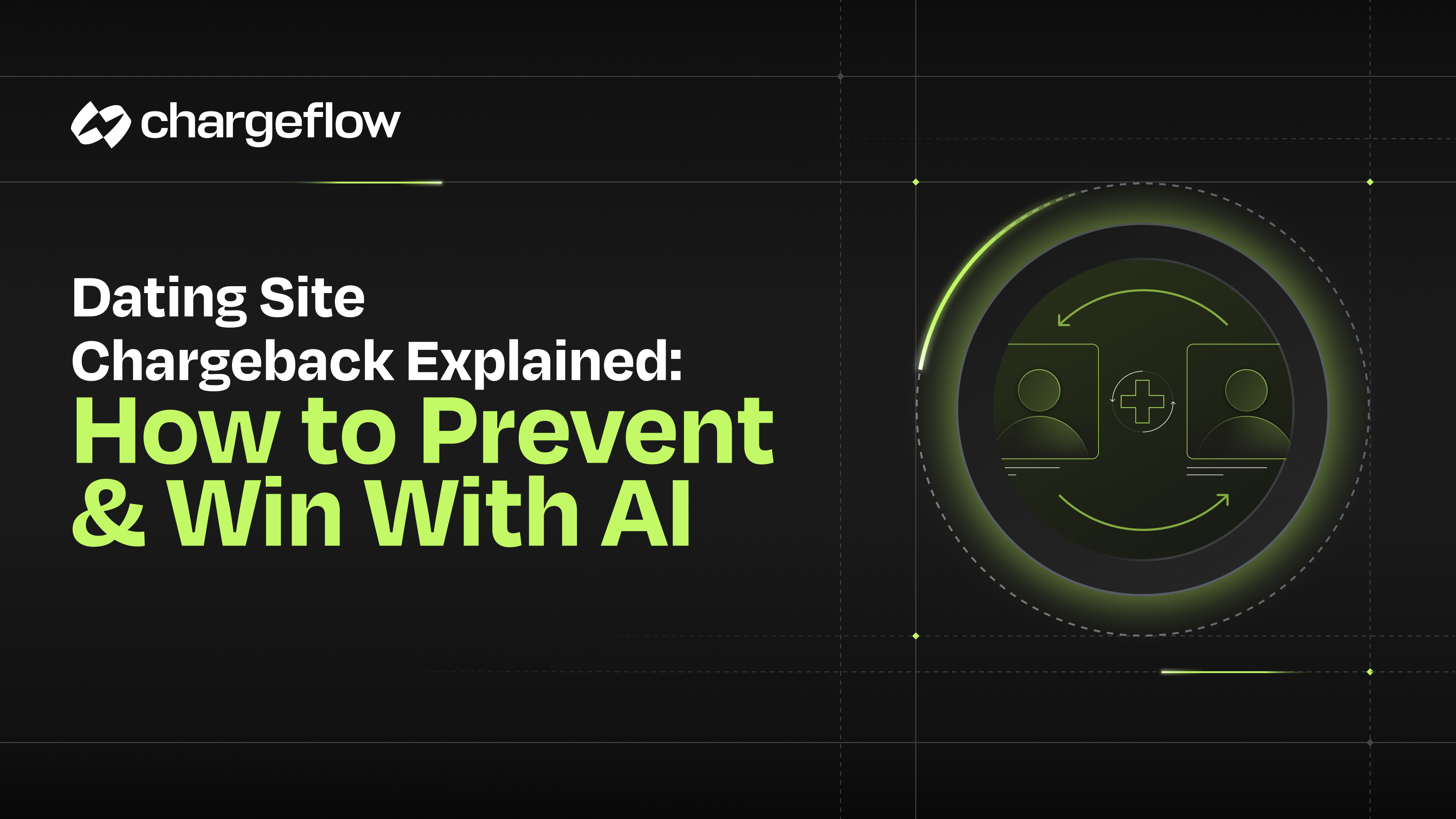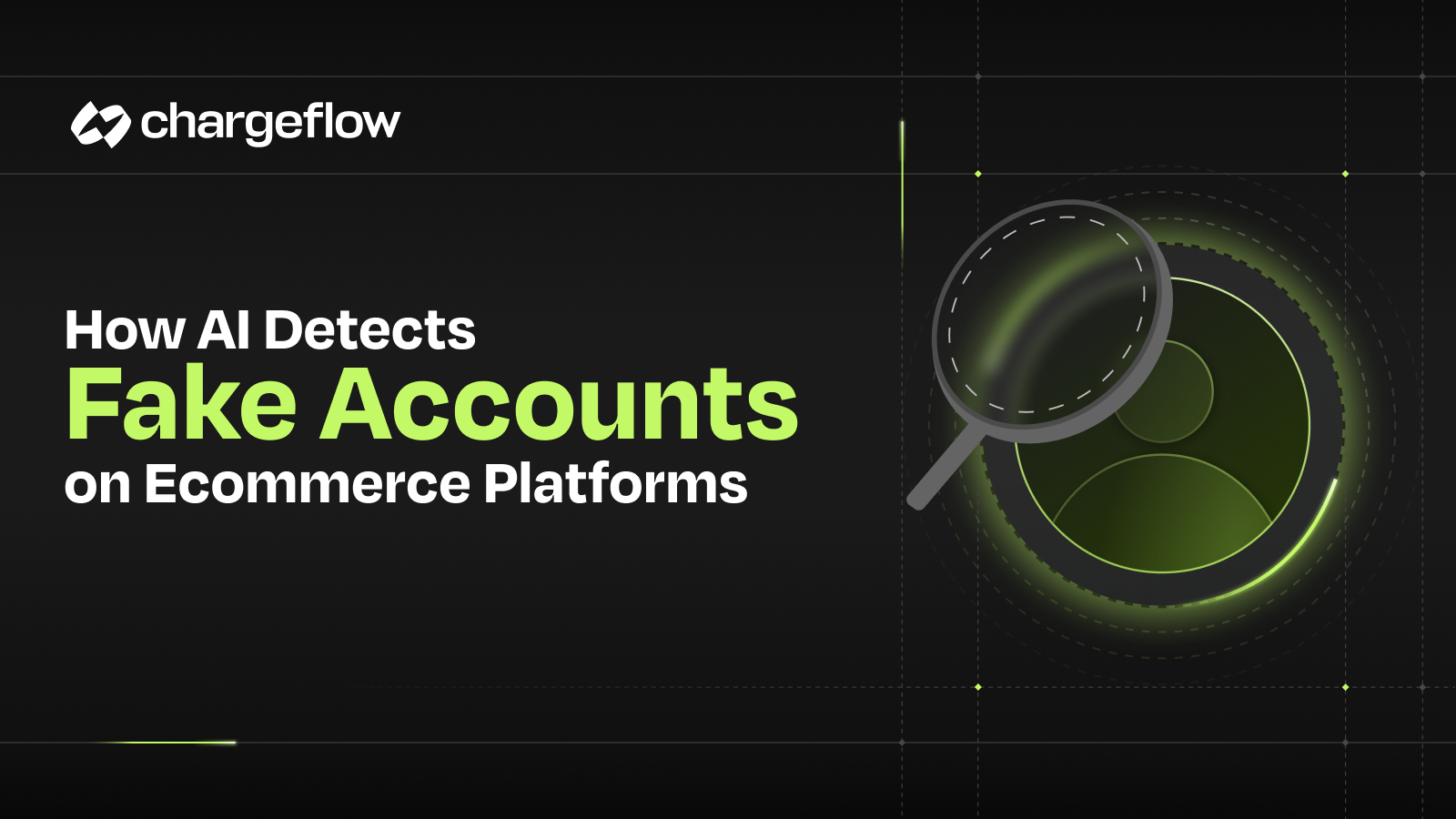5 Most Common Chargeback Reason Codes and How to Address Them like an Expert

Chargebacks?
No longer your problem.
Recover 4x more chargebacks and prevent up to 90% of incoming ones, powered by AI and a global network of 15,000 merchants.
Chargeback reason codes serve to help you prepare the appropriate documentation when fighting chargeback disputes. Here are 5 most common reason codes.
Take a look at these numbers:
- Global losses due to e-commerce fraud currently stand at $17billion, an 18% increase over a single year (Mastercard).
- Global chargeback volume will reach 615 million this year, and by 2023, the average industry cost per chargeback will reach $191 (Industrydata).
- Nearly ¼ (22.9%) of all digital interactions in 2020 were fraud attempts, and chargebacks represent about 80% of all digital fraud (ArkoseLabs).
- ⅓ of all customers committed friendly fraud in 2020 by claiming products were bad or not delivered (PaymentsDrive).
- 4/10 consumers ask for a refund despite knowing no fraud had been committed (LexisNexisSolutions).
The chargeback representment principle gives that merchants can overturn chargebacks if they have strong evidence that counters the cardholder claims. Hence, banks require a precise set of documents to show the chargeback is meritless and the transaction was genuine.
But that's not all to the process. To achieve optimum results, you must tailor your compelling evidence and representment efforts to the reason for the chargeback.
In that sense, chargeback reason codes help you ensure that your dispute mediation efforts are not like a person boxing the wind. Instead, you pick the exact documents that answer the issue at hand. Each evidence you share must be to validate the transaction in dispute and reclaim your money.
But if you don’t know what these reason codes are, no amount of compelling evidence will be good enough.
This article will examine the most common chargeback reason codes. We shall evaluate the five most common chargeback reason codes that merchants struggle with and how you can address each one of those like an expert.
The Most Common Chargeback Reason Codes you should know
Before we get on with investigating these chargeback reason codes across networks and sharing corresponding documentation you need to tackle them, here's something that might interest you. One recent report revealed that as much as "70% of respondents have been in a fraud or dispute monitoring program in the last 12 months." And in case you aren't sure what that means, have a look at this article with more insights on how entering a fraud monitoring program could impact your business.
In the interest of full disclosure, some of our hacks in this piece might be things you already know. And if that happens to be your case, we implore you to read the entire work for the uncommon insights that'll take your chargeback win rate to a whole new level.
Most Common Chargeback Reason Codes #1: Fraudulent Transactions or No Cardholder Authorization
Fraudulent transaction chargebacks happen when a cardholder does not recognize a charge on their card. In some instances, it could be that they genuinely did not recognize the transaction. For legitimate cases, that could be an issue of identity theft. But in most cases, online shoplifters use the No Cardholder Authorization chargeback to get the best of merchants.
And to overturn meritless Transaction Unauthorized chargebacks, you have to show that the cardholder truly made the transaction and that they’re not in any doubt about it.
Ideally, you should have the Credit Card Authorization Form handy. It would help if you also had written communication with the cardholder as proof of their approval for the transaction. Be it a text, email, or online chat. This ancillary evidence will help you establish the credibility of the transaction.
Not only that, but you should also have a signed transaction completion form, which can be included as part of their contract when they signed off for the transaction and the cardholder’s photo ID. The more information you obtain, the better your chances of having supporting evidence for future reference.

Most Common Chargeback Reason Codes #2: Order Not Received
Typically, Item Not Received chargeback happens when a cardholder paid for a product/service but never received it. And it’s either the product got lost in transit or was not delivered at all. But if you fulfilled the order and the cardholder still slapped you with a chargeback, what you need to do is demonstrate that the cardholder has gained access to the disputed border.
Show that their attempt to cancel the transaction with a chargeback is meritless by providing the shipping and tracking documentation. And if you sold a digital good, include the email confirmation or an IP address showing they already downloaded the product.
More so, if you have photo Evidence showing the cardholder is now in possession order, include it in your representment. And add all crucial customer communications indicating you fulfilled the order.
Most Common Chargeback Reason Codes #3: Order Significantly Not as Described
In this instance, the cardholder claims a misrepresentation of the order they received, such as a defect, damage, counterfeit, or incomplete merchandise.
There are two parts to this. If the order was genuinely not as described, then the cardholder has a case. But if:
- The seller correctly described the defect in the item in its description of the item;
- The seller correctly described the merchandise, but you didn't want it after you received it;
- The order was described correctly but did not meet your expectations;
- The item has minor scratches and is described as “used."
Then the chargeback will not hold. So your job is to prove that the cardholder paid for and received merchandise or service shown to the cardholder at the transaction point.
That means you should have evidence of thorough product descriptions, including measurements, defects, and damage. Product photos from multiple angles as displayed in your store and proof of shipping and tracking information will also make a good case.
Consider including the insurance cost in your pricing matrix if the customer is too cheap to pay for insurance cover. Or clarify that ahead of time if you are selling items that need insurance. Further, include customer relations records on the transaction, with clear proof of answers to the details of the issue raised, if any, and evidence that they saw and acknowledged your return policy. And detailed delivery proof with the recipient’s address as shown in the order and signature.

Most Common Chargeback Reason Codes #4: Cancelled Recurring
For this, the cardholder claims they canceled an ongoing periodic payment for a product or service, but the merchant bills them for the subscription.
Overturning the chargeback requires that you prove that the cardholder agreed to your order cancellation policy but didn’t adhere to the procedures. For instance, a cardholder might forget to cancel a recurring billing until after you’ve charged them in the next billing cycle. And when the bill is recorded on their account, they file a dispute for canceled recurring billing.
In such cases, you must provide your Contract or Terms of Service to authorize the recurring billing. You should also include the Credit Card Authorization with recurring billing details. And relevant customer communication showing the customer was notified about a breach of the cancellation policy after they filled the chargeback.
Most Common Chargeback Reason Codes #5: Order canceled
An order canceled chargeback means the cardholder opted out from purchasing the product/service but still received it and their account debited for it. If the cardholder made the order in good faith and came back to stamp a chargeback on it, you will have to prove that the cardholder did not reasonably cancel the transaction. Provide compelling evidence to demonstrate you already shipped the order, and they have it. Documentation such as contract or terms of service the cardholder agreed to, product delivery confirmation, and relevant customer communications will help you make a good case. Again, you can add timestamps and computer logs for digital products.
While these are great recommendations, and you should pay attention to each guide, chargeback automation does one better by helping you win cases without lifting a finger. If you want to arm yourself with relevant data and insight to complete the representment process successfully, Chargeflow should be top of mind.

Chargebacks?
No longer your problem.
Recover 4x more chargebacks and prevent up to 90% of incoming ones, powered by AI and a global network of 15,000 merchants.






























.png)








